seedling vs. named feijoa cultivars
cousinfloyd
10 years ago
Related Stories
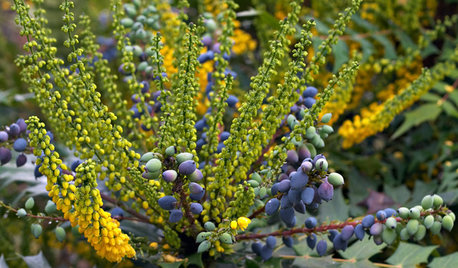
GARDENING FOR BUTTERFLIESGreat Design Plant: 'Charity' Oregon Grape
Giving nectar to hummingbirds and delicious berries to all, 'Charity' is a four-season garden delight that lives up to its name
Full Story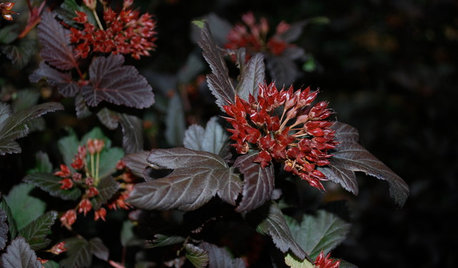
LANDSCAPE DESIGNGreat Design Plant: Sun-Loving Ninebark Puts on a Color Show
This tall, dark and handsome native shrub is equally at home in jeans and boots or in a suit and tie
Full Story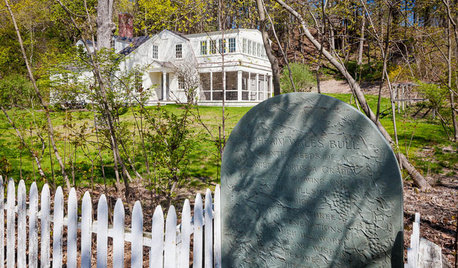
TRADITIONAL HOMESHouzz Tour: Historic Concord Grapevine Cottage’s Charms Restored
This famous property had fallen on hard times, but passionate homeowners lovingly brought it back
Full Story
GARDENING AND LANDSCAPINGGreat Design Tree: Japanese Maple
Lacy form and fiery fall color make Japanese maple a welcome tree for garden or patio
Full Story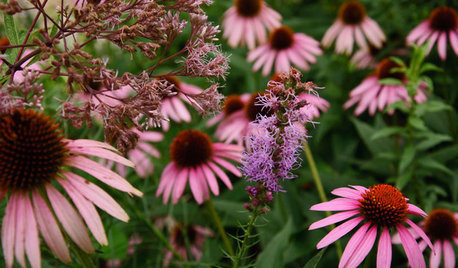
GARDENING GUIDESGreat Lakes Gardener's August Checklist
Pick the peppers and drink in the scent of lilies this month, while you mull over a mowing strip to make fall gardening easier
Full Story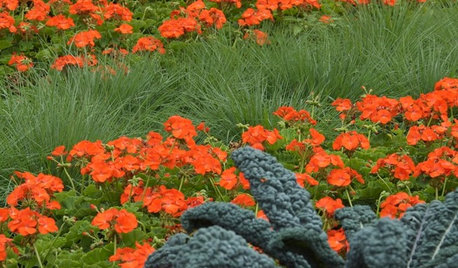
EDIBLE GARDENS7 Edible, Pretty Wonders of the Plant World
It's OK to like them just for their looks, but these flowers, trees and greens have a tasty side too
Full Story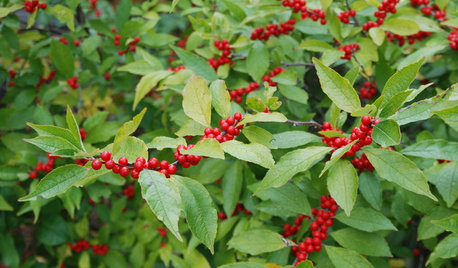
WINTER GARDENINGFire and Ice: 8 Plants That Blaze Once Frost Hits
Not everything in the garden sleeps in the cold — these plants rise and shine in fall and winter, bringing bright color to beat the blahs
Full Story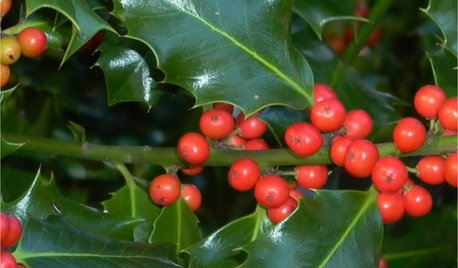
GARDENING GUIDES9 Holly and Ivy Plants for Good Tidings in the Garden
Spread Christmas joy all year round with the gorgeous foliage and bright berries of these evergreen plants
Full Story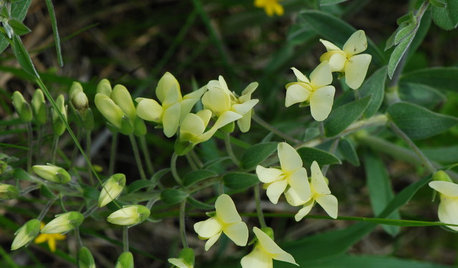
FLOWERS AND PLANTSPlant Baptisia Bracteata for Blooms Pollinators Will Love
Longbract wild indigo is great in dry soil, and its spring flowers attract butterflies and bumblebees
Full Story
MOST POPULARMeet a Lawn Alternative That Works Wonders
Carex can replace turfgrass in any spot, is low maintenance and adjusts easily. Add its good looks and you’ve got a ground cover winner
Full StoryMore Discussions






murkwell
larry_gene
Related Professionals
Fort Lee Landscape Architects & Landscape Designers · Havre de Grace Landscape Architects & Landscape Designers · Mitchellville Landscape Architects & Landscape Designers · Taylorsville Landscape Architects & Landscape Designers · Corona Landscape Contractors · Deerfield Beach Landscape Contractors · Dickinson Landscape Contractors · El Mirage Landscape Contractors · Hicksville Landscape Contractors · Homewood Landscape Contractors · Little Ferry Landscape Contractors · New Cassel Landscape Contractors · Parkland Landscape Contractors · Teaneck Landscape Contractors · Northlake Landscape ContractorsOregonEd
trianglejohn
cousinfloydOriginal Author
larry_gene
cousinfloydOriginal Author
Kevin Reilly
skyjs